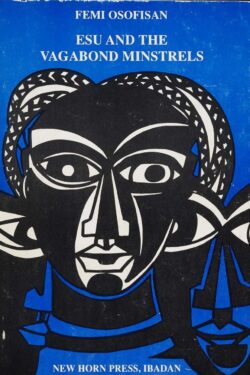Brotherton Fellowship
Scheme overview
The Brotherton Fellowships are designed exclusively for early-career researchers to make use of the Special Collections held within the Brotherton Library.
Fellows work with any of the Special Collections held within the Brotherton Library. Subject themes covered by Special Collections include business, literature, geography and travel, politics and social history, science and medicine, religion, and Yorkshire. Collections range from artworks, coins, and international textiles to archival, manuscript, multi-media, and printed material on topics as diverse as cookery and food history, the women’s liberation movement, and medieval communities. Scholars working in any discipline are eligible to apply. On completion of their research, the Fellow is required to write a short report on their experience which will be submitted to the funding body, the Brotherton Committee, to contribute to the events programme and to write a blog post to promote the collection and their research, which will be used on the Special Collections and LAHRI websites. Other social media activity is encouraged during the Fellowship and the team in Special Collections will advise on this. The Fellow is also expected to contribute to the Special Collections or relevant subject area’s events programme.
Blog posts from our previous Brotherton Fellows, Ruth Burton and Leonardo Costantini, outline the work that this scheme supported in 2018. In 2019 we supported Pushpa Kumbhat, and Natalya Din-Kariuki. In 2021 Charlotte Armstrong got to work with the Opera North Archive, and Richard Bellis traced the history of the ‘circulation of bodies and body parts’ by looking at the University’s Medical School Archive. In 2022 Anna Reeve explored the Irene Manton papers, and Elizabeth West based her research on the Norah Smallwood Archive. In 2023 Adam Bridgen worked on poetry of the labouring classes during the first years of the industrial revolution.
Deadline
Please note the deadline for this round has now passed.
Brotherton Fellow 2024: Dr Benjamin Skinner
Our latest Brotherton Fellow is Dr Benjamin Skinner who is pursuing his 'Encounters with Flora' project.

About Encounters with Flora
Ben says: My research investigates how to use art and art-making to teach people about biodiversity and environmental awareness in busy towns and cities. Rather than encouraging people to imagine nature as a bucolic vista, I aim to draw attention to the urban ecology that survives (and often flourishes) in our shared, multispecies habitats. Whilst we all might enjoy spending time in these urban green spaces our knowledge of the flora that can be found there has declined in the face of our collective preference for supermarket shopping over seasonal foraging. This fellowship is an opportunity to draw to light pre-industrial botanical literature in the Cookery Collection to help people reconnect with the natural environment and the medicinal and nutritional benefits of consuming what can be found there.
Using my skills as an illustrator, I will design a contemporary urban foraging guidebook that invites the reader to explore their surroundings and notice the variability (and uses) of plant species encountered in our day-to-day lives. Cataloguing how to harvest bark, roots, seeds, flowers, and fruits will draw attention to the utility of what is often overlooked. In tandem with the development of the guidebook, I will lead exploratory walks through green spaces adjacent to the university campus to encourage academics and students to take breaks from their busy schedules and appreciate their proximity to the wonders of our shared natural world.
Brotherton Fellow 2024: Dr Christopher Tinmouth
Our second Brotherton Fellow is Christopher Tinmouth who is pursuing his project 'Fragments of Memory: A Critical Comparison of the Cartularies of Ripon Cathedral Priory and Furness Abbey as Instruments for Institutional Memory'.

About Fragments of Memory
Christopher says: Building on my doctoral research, I am extending my scope of investigation into ecclesiastical cartularies, with a view to comparing how they constructed their institutional memories with those of monastic institutions. I am focusing upon the mid-14th century Cartulary of Ripon Cathedral, preserved in fragmentary form in a mid-15th century Book of Acts for the Cathedral Chapter. I will publish the results of my findings in the Yorkshire Archaeological Journal, which will form the basis for further scholarly investigation both of this particular cartulary and of comparable cartularies further afield.



